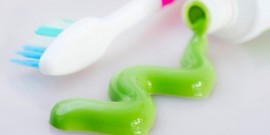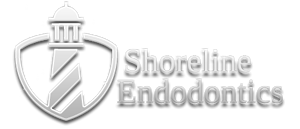
Which way is the correct way to brush? Below, please find what the American Dental Association says is the proper way to brush. Thanks for visiting Shoreline Endodontics of Groton, CT.
It is among the first lessons a child is taught: how to brush your teeth correctly. But what is “correct” when it comes to manual toothbrushing? According to the authors of a new study in the British Dental Journal, there are many different opinions as to which method is best, and that isn’t good for the general public’s oral health. Surprisingly, they also found a lack of instructions built upon clinical evidence for one of the most basic oral health maintenance routines.
“The unacceptably large diversity in recommendations on what toothbrushing method to use should concern the dental profession,” wrote the study authors from the department of epidemiology and public health at University College London (BDJ, August 8, 2014). “Higher grades of evidence of effectiveness of toothbrushing techniques are required to inform professional bodies that develop guidelines on toothbrushing.”
The researchers noted that most the six manual toothbrushing methods recommended by oral health professionals and dental associations today are from the early 20th century. The oldest, for children, dates back to 1913. One method, the Modified Bass, uses horizontal brush motions ranging from above to slightly below the gingival margin, while small circular motions focused over the gingival crevice are employed in the Hirschfeld technique, for example.
Despite the various methods available, “there appears to be no consensus among professional bodies on the best method of toothbrushing for the general population or for people of different ages or with particular dental conditions,” the authors wrote. They noted that one study found a “wide diversity” of brushing advice when the recommendations for brushing from 10 different countries’ pediatric dental associations were examined (International Journal of Paediatric Dentistry, May 2011, Vol. 21:3, pp. 223-231).
“Some dental professional organizations mentioned ‘gentle motions,’ others ‘small circular motions,’ ‘short back and forth motions at chewing surfaces,’ and ‘avoid flicking and circular motions,’ ” the authors wrote. That study found a frequent disparity in general toothbrushing recommendations among the different dental associations, they noted.
In the U.S., the ADA has a clear, concise set of general brushing instructions on its MouthHealthy.org website with an accompanying video.
According to the ADA, the proper brushing technique is described below:
- Place your toothbrush at a 45° angle to the gums.
- Gently move the brush back and forth in short (tooth-wide) strokes.
- Brush the outer surfaces, the inner surfaces, and the chewing surfaces of the teeth.
- To clean the inside surfaces of the front teeth, tilt the brush vertically and make several up-and-down strokes.
- Brush your tongue to remove bacteria and keep your breath fresh.
Continue reading HERE.






